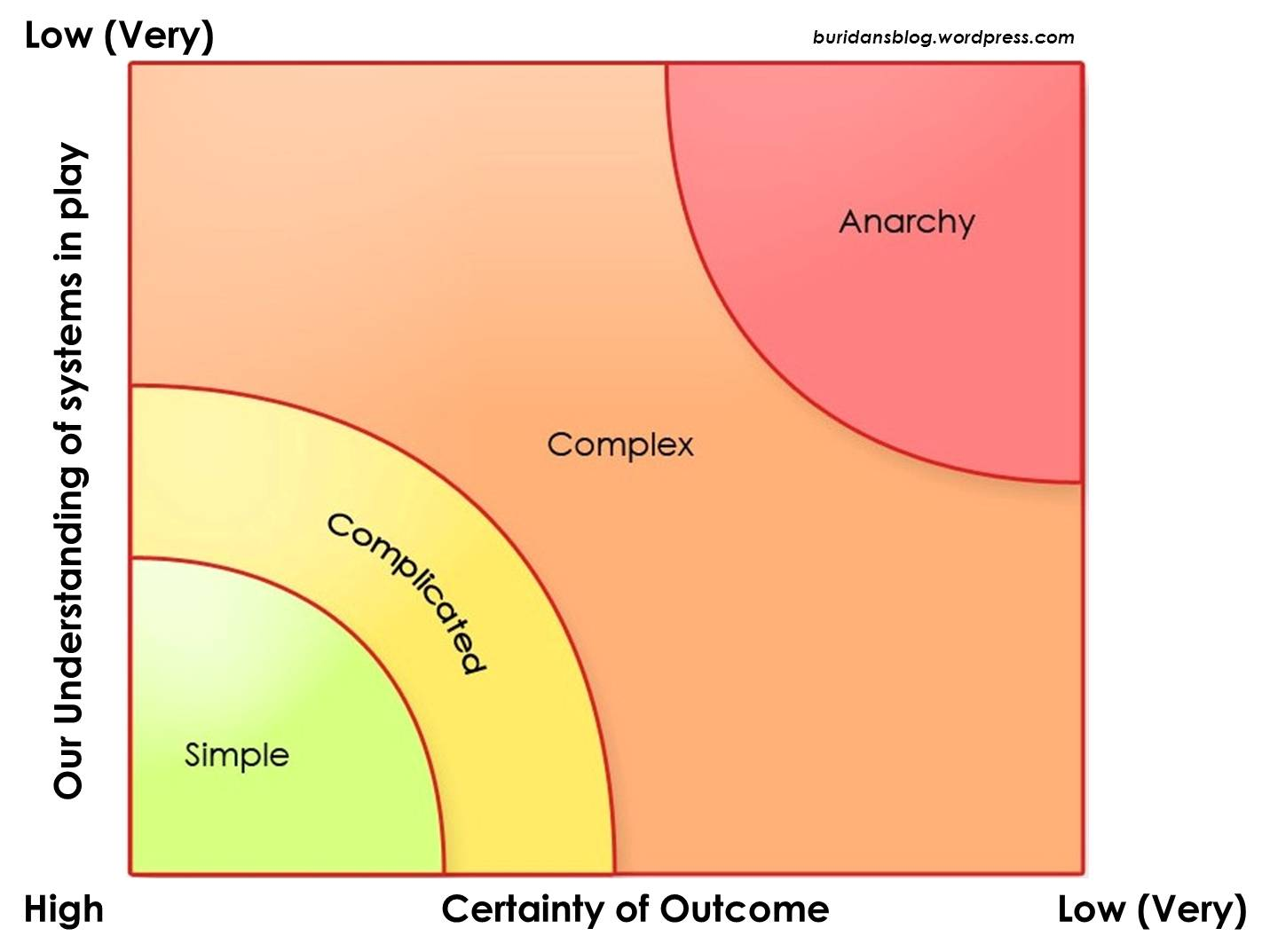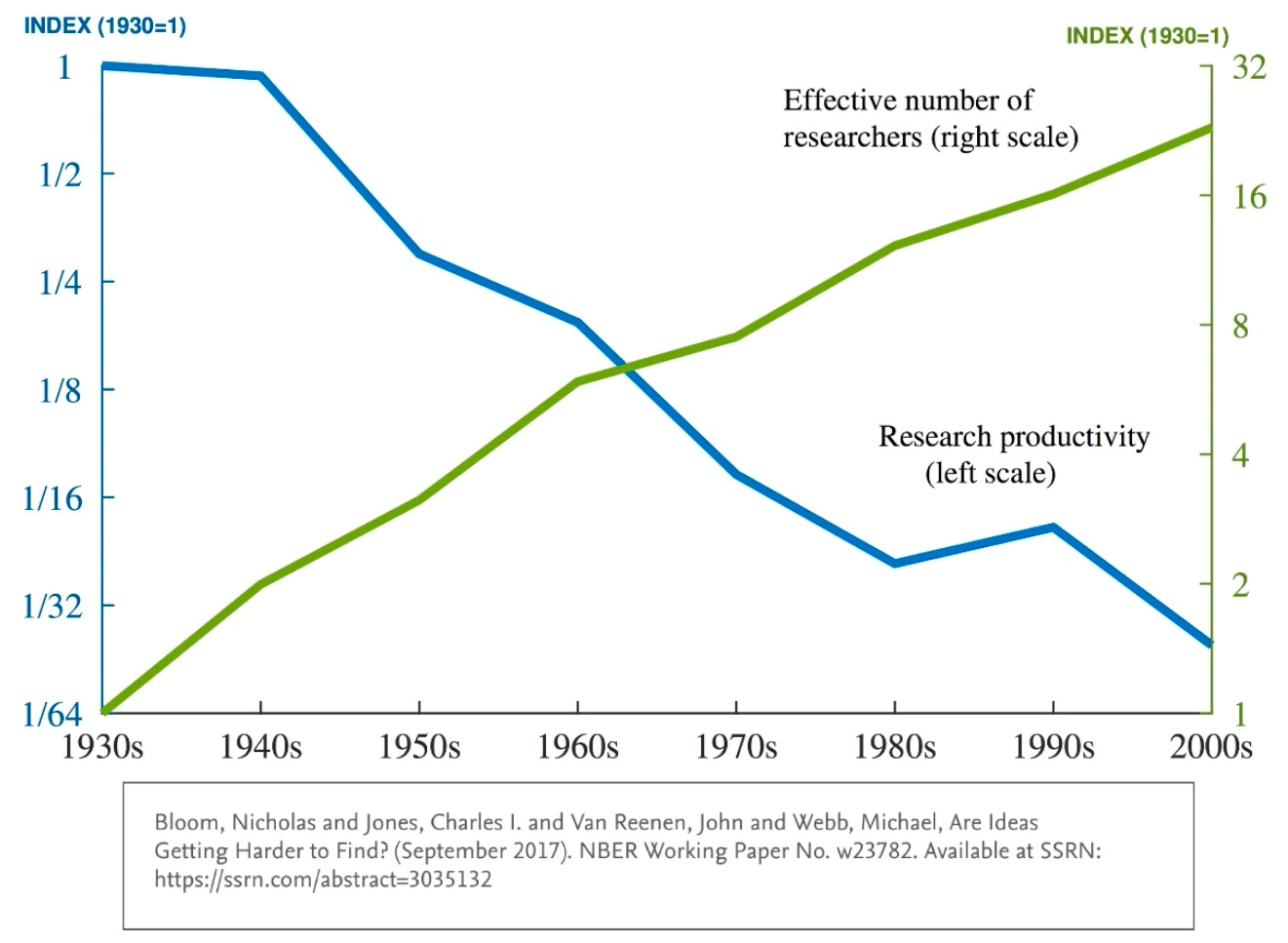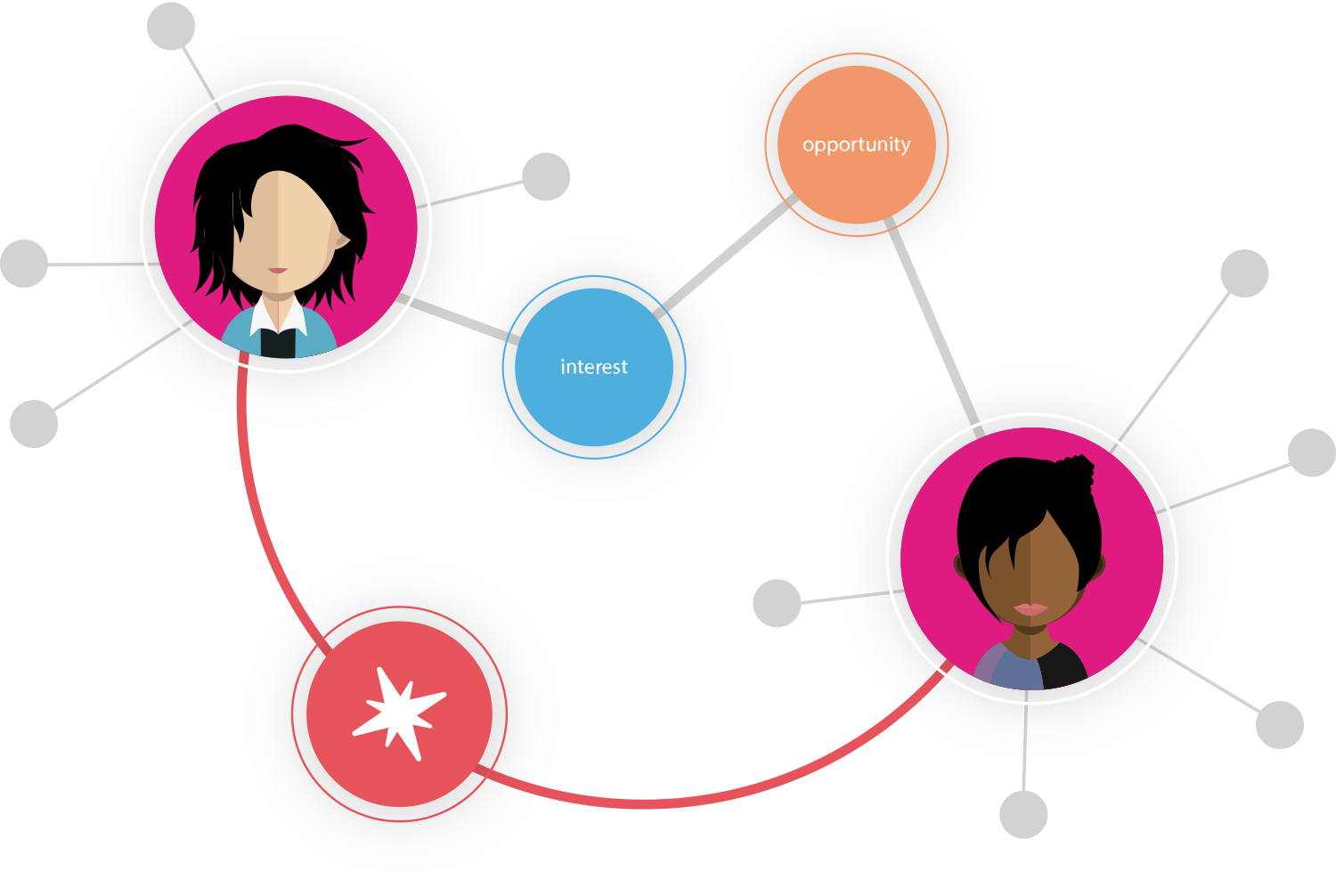
Some problems are complicated. Finding a solution requires expertise and analysis, but the solution exists. Sky scrapers are complicated. Some problems are complex or even wicked. These problems have no solution. They’re too big, too slippery, too thorny.

Public Health is a complex problem, if not a wicked one. The facts are dynamic. The outcomes are hard to measure. The notion of a solution is subjective. There is no “fix.” The same can be said of climate change, information security, or a complex disease, like PTSD.
These complex challenges require research, creativity, and discovery. They require working in the realm of unknown unknowns. So can innovation management software help?
Reach Beyond the Known
Most innovation management software shares a similar value proposition - capturing good ideas. An answer exists. Let’s find it, they say.
Good ideas get lost and forgotten. Employees and customers have first-hand experience and insights, about which no one ever asks. When they happen to ask, the input dies in the daily hustle and bustle, without a process to nurture an infant idea. The solutions are hidden or obscured, but they are known to some. Innovation management software can help collect and catalog ideas, and shepherd them forward.
But a dragnet of ideas from the field won’t solve a complex problem. The problem is complex because the answer isn’t known to anyone out there. And new ideas, in fact, appear to be harder to find.
Find Non-Obvious Input
If new ideas are harder to find, we have to think in unconventional ways. Some of humanity’s most interesting and impactful innovations are based on ideas borrowed from another field. These “discoveries” or “inventions” repurposed and combined existing solutions into something new, a phenomenon referred to as exaptation or the adjacent possible.
The majority of these breakthroughs, however, were inspired serendipitously. Gutenberg happened to visit a vineyard and see a wine press that inspired his printing press. An astronomer and a physician met at a cocktail party and discovered MRI software could be used to visualize nebulae.
Find it as a Matter of Course
Why rely entirely on conference happy-hours or facilitated brainstorming to trip over a breakthrough? Some innovation management products take the approach of Design Thinking, or they facilitate Innovation Games, to pro-actively generate new ideas. These creative exercises are invaluable, but they happen on a small-scale and rely on the recall of the human mind, unassisted.
Software can help find the non-obvious possibilities. The human brain can only store five to nine items in short-term memory. It can’t explore an entire solution space. Computers can though, through ever-improving data science and processing speeds. They can also digest the implicit - the metadata - while we’re focused on what’s in front of us - the data.
Innovation management software for complex problems should, as a matter of course, redirect our attention to unseen possibilities and connect us to non-obvious collaborators. It should analyze our bad ideas, just as much as the good ones. It should relentlessly find new perspectives for us to consider, measure which ones generate progress or improvement, and help us repeat the process.
Computers should not replace human creativity. But they can do some heavy-lifting that positions us to be more creative. With data visualization, social network analysis, and the science of team science, innovation management software can create the conditions that make it more likely we’ll find the adjacent possible and solve those complex problems.
To see how we approach this, walk through some of the software features we use to help find the non-obvious.


Comments